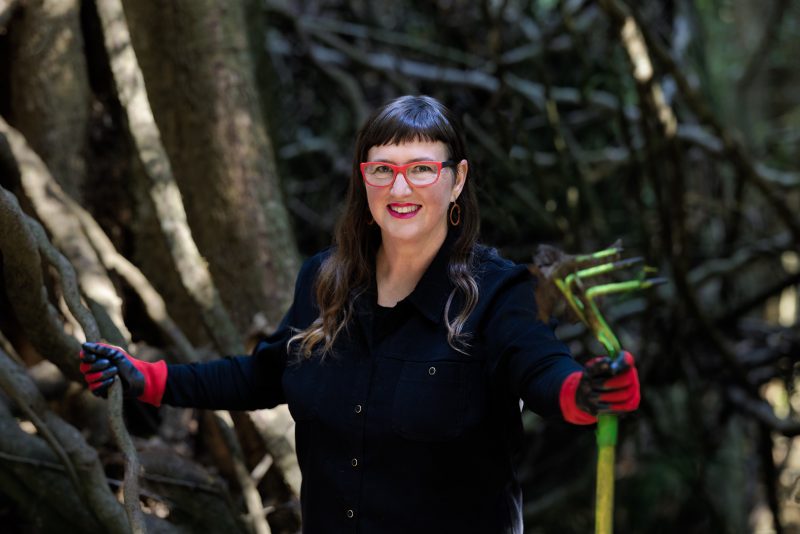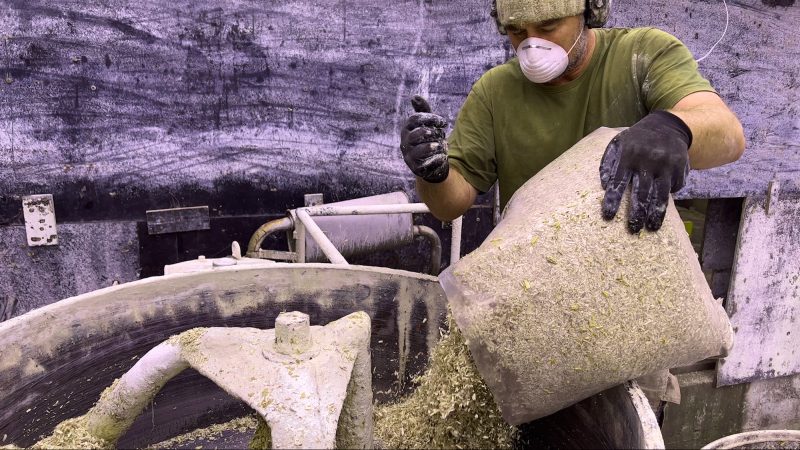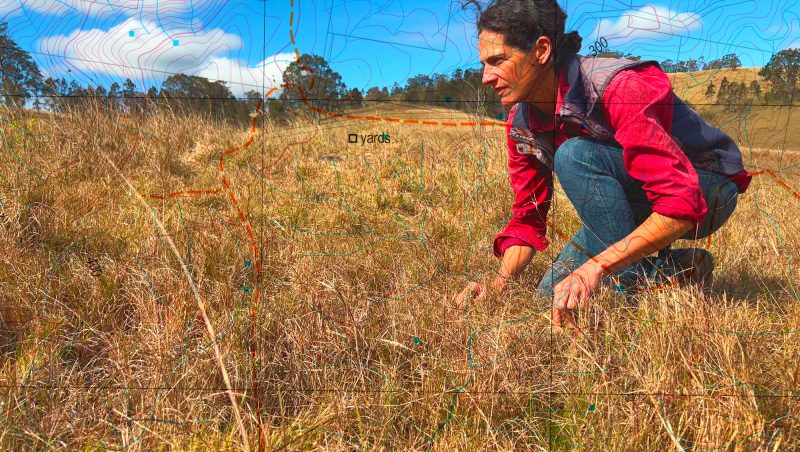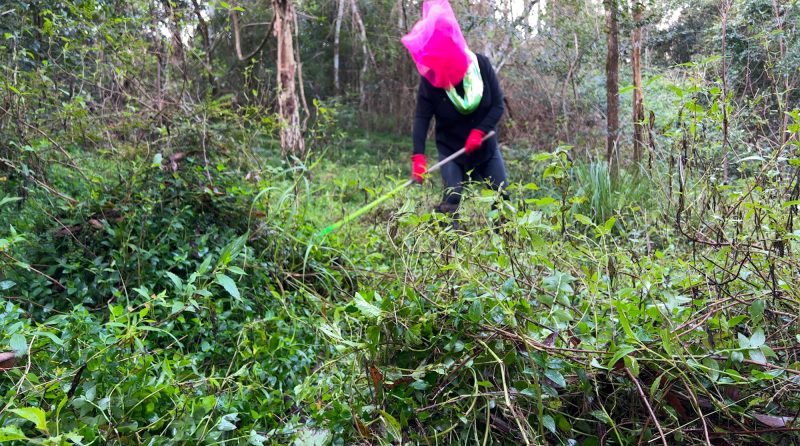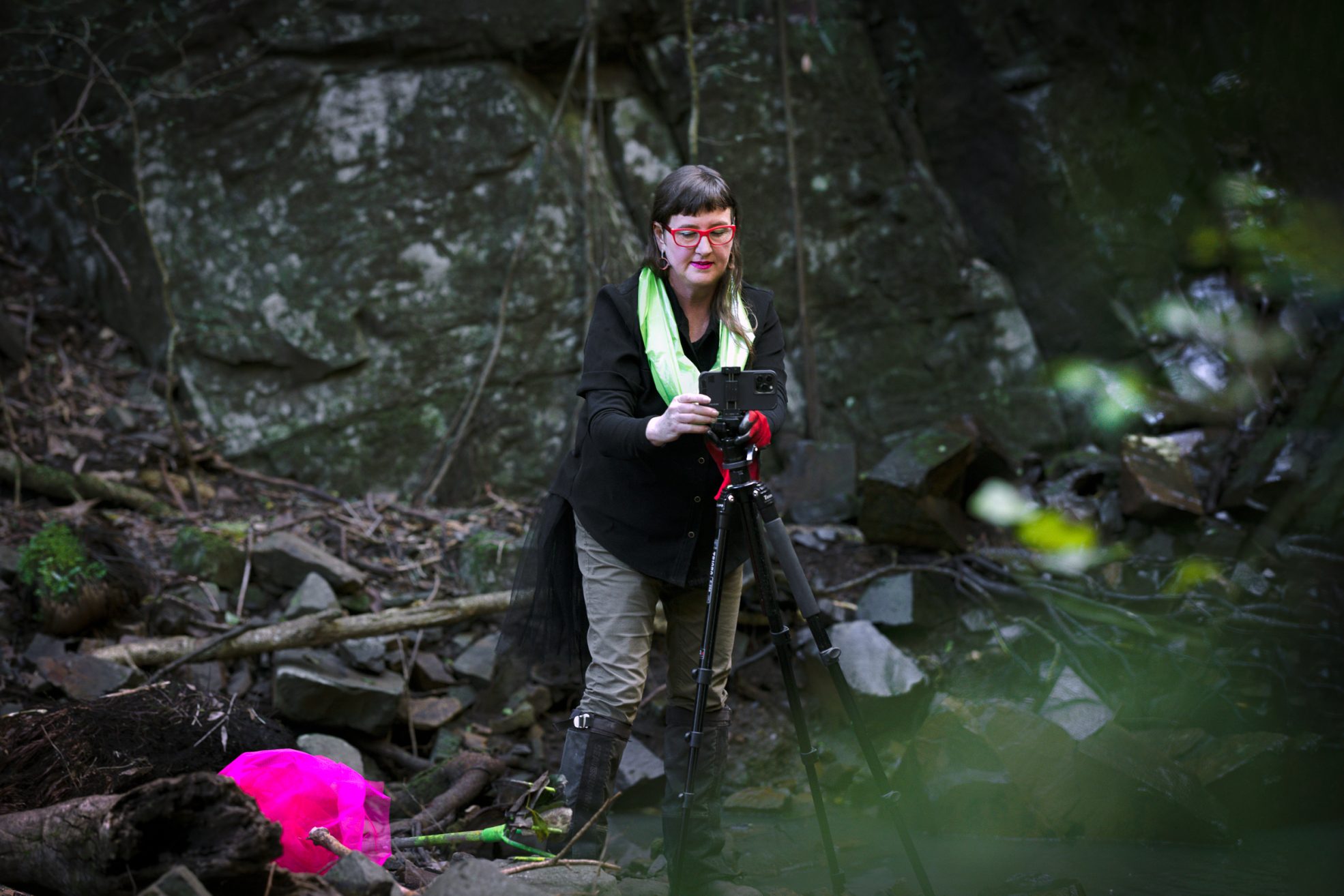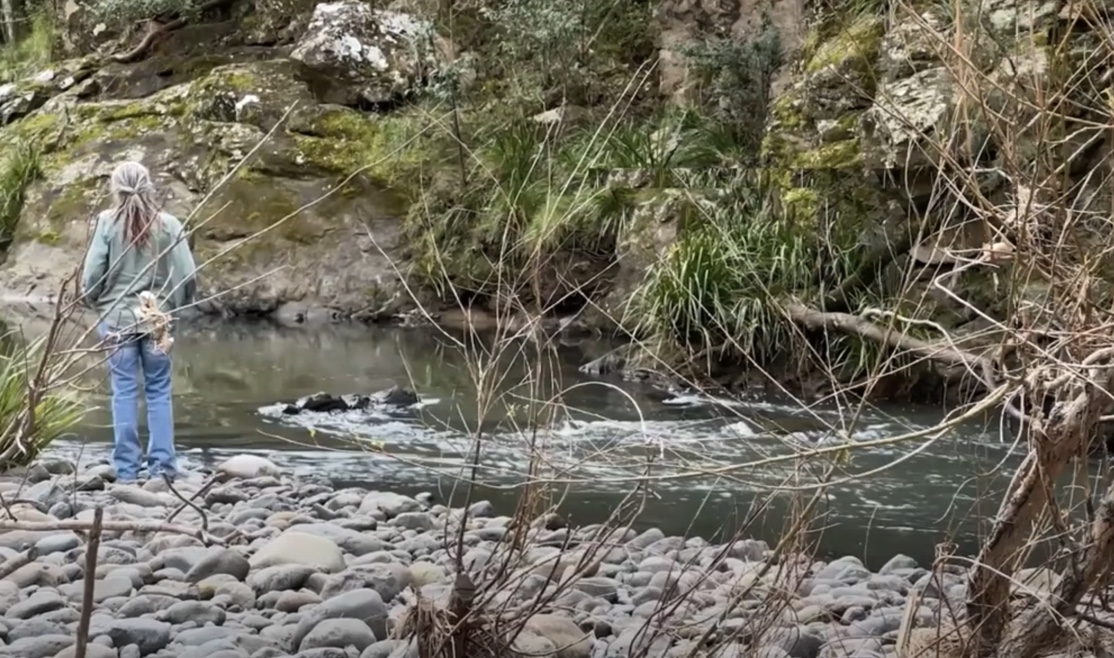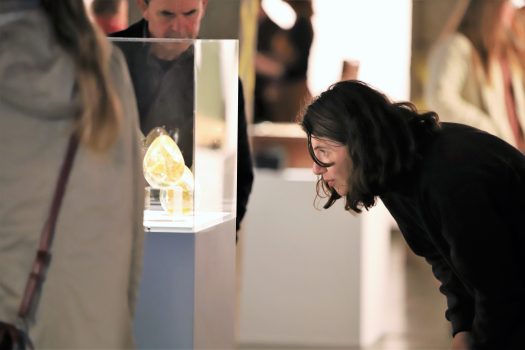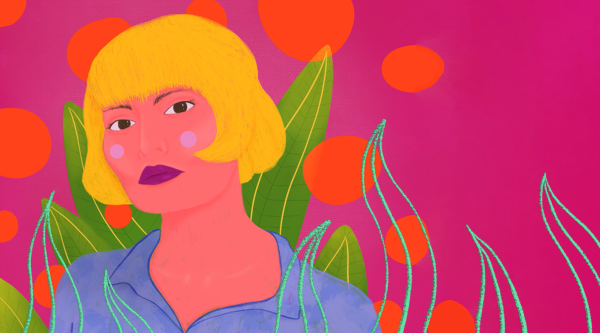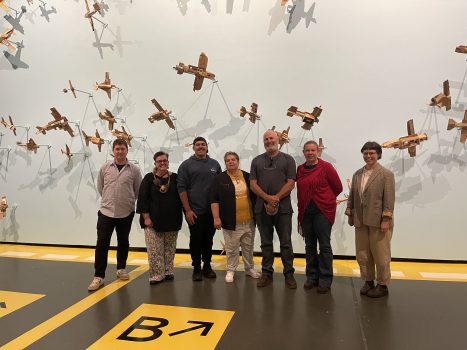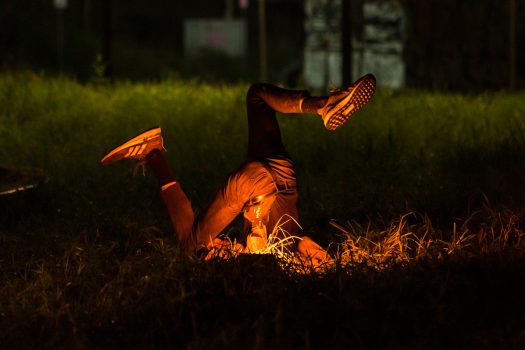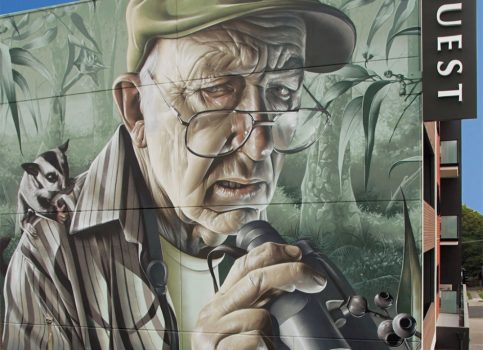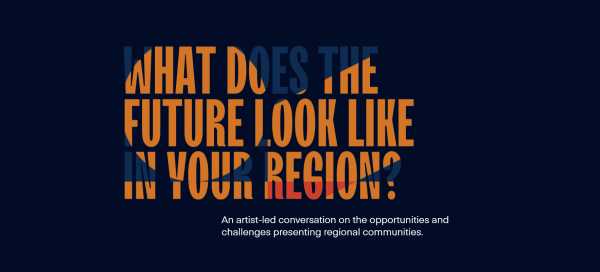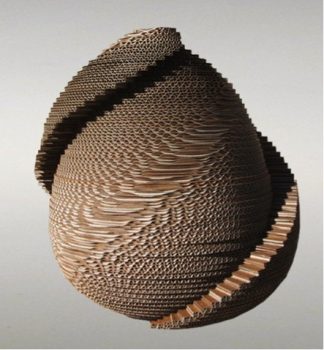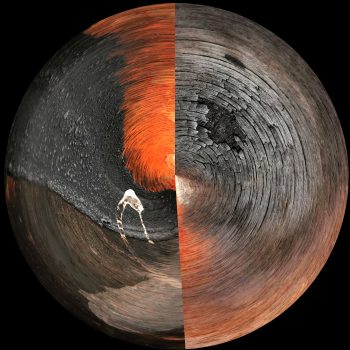Tell us about the evolution of your concept through this creative development process.
What drew me to the Regional Futures project was the engagement with issues surrounding ‘futures’ through conversation and the development of creative works in response. The ‘conversation’ has been a critical component through my own discussion with the local/regional community members and hearing about what and how the other Regional Futures artists are thinking and their creative responses. I feel strongly that these conversations need to be opened up within our own communities through community engagement activities.
To understand options for future directions for the evolution of our regional economy, I referred to ‘The Million Jobs Plan: A unique opportunity to demonstrate the growth and employment potential of investing in a low–carbon economy’ (Beyond Zero Emissions). This study demonstrates the potential for positive actions towards a transitioned low-carbon economy across a range of sectors – renewable energy, building, manufacturing & mining, transport, land use, education. For me this evolved into a celebration of personal actions that move towards living and working in a low-carbon community.
Through performative video portraits and tableaux, I have chosen people who are passionate about sustainable futures. They are risk takers and change makers, taking personal actions and steps towards building a creative and resilient community. They are people who are personally engaged & informed, community active, and critical thinkers. They are part of the change, embracing the change.
In the work, I have been conscious of not creating static moments and have been exploring the qualities of ‘moving vision’ and sound to reflect the individuals’ actions. Some actions are celebrated as rhythmic and upbeat. Other actions are slow, meditative and ponderous. Heightened colour and costume in some of the works are intended to integrate humour, playfulness and unexpected creative possibilities, whilst having underlying deep concerns for our environment and community. Sites selected for shoots are specific to the person and their practice – building site, paddock, river, ecological community.

